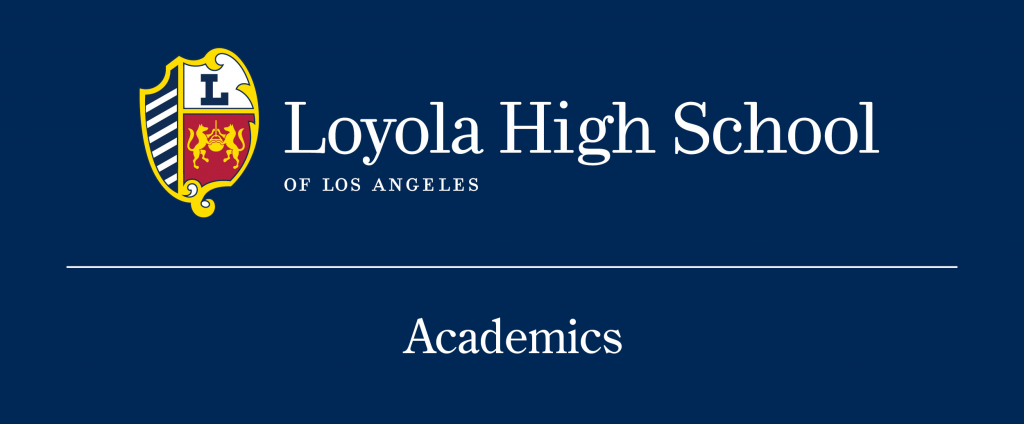2024-25 Academic Schedules Posted via PowerSchool
On Monday, July 1, 2024, login to PowerSchool at 8:00 a.m. to view academic schedules for the 2024-25 school year.
Course changes are rare, but requests can be made starting Monday, July 22nd via the Course Change Request Form found on the Loyola website under “Academics”. Many course sections are full and many conflicts arise when scheduling 1300+ academic schedules.
Teacher change requests are not considered, and enrollment into an Honors or AP course is prioritized according to the course waitlist, therefore requests for Honors or AP classes should not be made through the form.Please read the segment below from Loyola’s Parent-Student Handbook regarding “Student Class Scheduling”.
Student Class SchedulingIn developing academic schedules, Loyola uses PowerSchool-developed algorithms to ensure that students get enrolled in as many of their requests as possible. Unfortunately, it is not possible to fulfill every student’s desires. In determining which student is assigned to a course, Loyola uses a strict hierarchy of priorities in the following order:
- core courses required for graduation and for eligibility to the University of California;
- AP and Honors courses;
- electives;
- courses that are taken above and beyond graduation requirements;
- non-credit electives.
The only priority order used for students is based on grade level – seniors are scheduled first, juniors second, sophomores third, and freshmen fourth. Within each class, no student is prioritized over any other and it is sometimes a matter of pure chance as to who may receive a spot in a particular course. Although wait lists are generated for many AP and Honors courses, no such lists are made for electives or other unrestricted classes.
Students and parents should understand that many courses are packed full early and that making changes to schedules may be impossible. Additionally, it is important for Loyola to keep class sizes below established maximums to ensure that student-teacher ratios are not impacted by classes that are too large. A balance between different courses is also necessary so that one class is not significantly larger than another. For this reason, no student may be moved from a smaller class into a larger one, even if the larger one still has space.
Requests to change teachers are never accepted. In the event of a student being assigned to a teacher that he or his parents perceive will not match his learning style, it should be considered a unique opportunity for growth. Being successful in classes with varied teaching styles is a critical skill for college and beyond where the selection of professors and/or supervisors is not possible. The only exception to the “teacher change” rule may be granted when a student has previously taken a course with a particular teacher and has been assigned to him/her again.
Some students ask, “Why did I get a class that I didn’t ask for?” or, “Why didn’t I get into a course that I really wanted?” The responses usually fall into one or more of the following categories:
1) Requested courses were full and the student needed to be placed into another course offered by the same department;
2) Conflicts existed between requested courses – Loyola offers about forty-five courses that are taught only once in one period and it is inevitable that conflicts will arise with other singleton courses in the same period;
3) Some students only request popular courses and lock themselves out of other options. After placing the student into as many of his requested courses as possible, the rest of the periods are filled with the remaining available courses from any open departments;
4) It is a matter of fairness – Loyola tries to schedule as many students in as many of their requested courses as possible. It is better for many students to get four or five of their requests fulfilled, rather than a few lucky ones who get all requests leaving some classmates with what they would perceive to be undesirable schedules.
5) Chance. When no other factors come into play, the last step is for the automated algorithm to randomly select one student over another.
